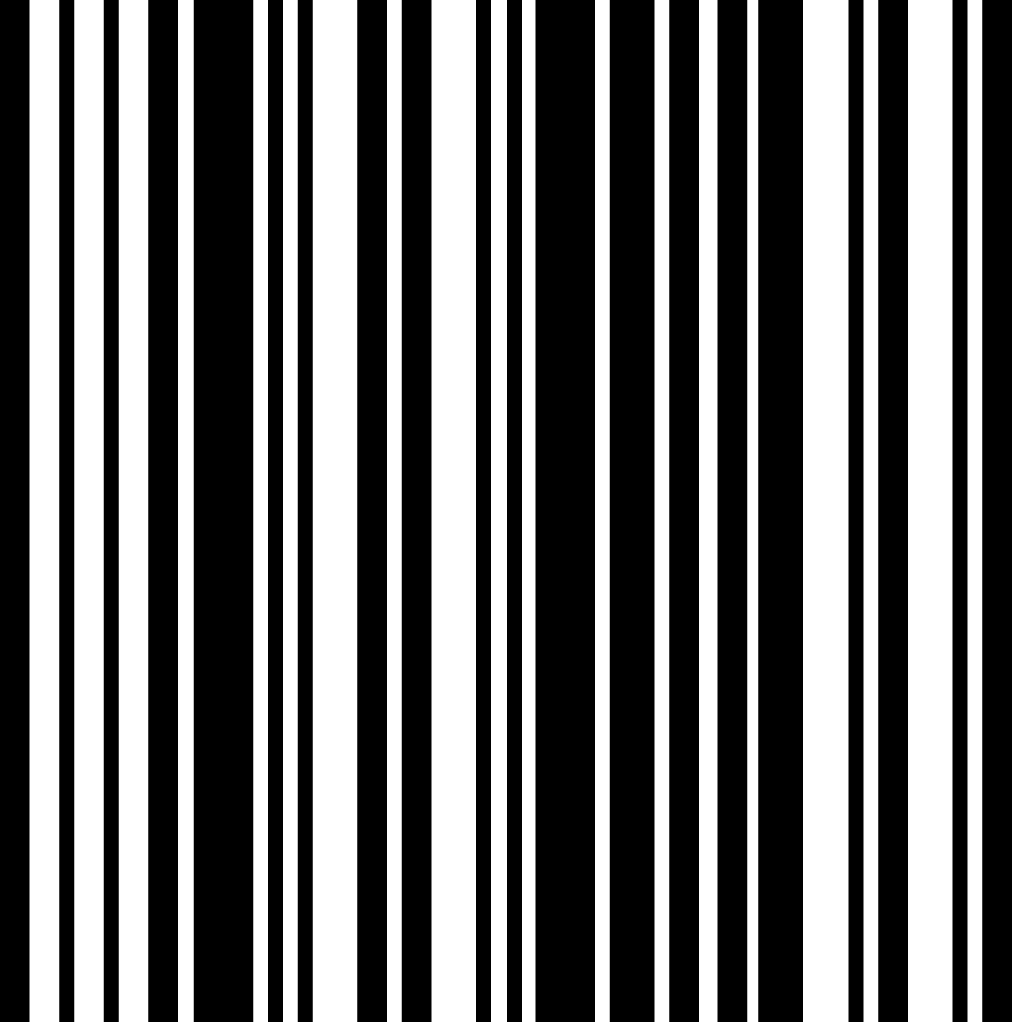Dear buyers,
In these last 2 months of my undergraduate life, I could say for certain that the only thing keeping me alive (and sufficiently sane to continue writing) is my ambrosia, COFFEE! This nectar from the study gods helps get me outta bed and keep outta bed. So of course, I’d have to dedicate at least one post as a form of high reverence to this liquid gold. A no-brainer, the coffee brand up for scrutiny today is the infamous STARBUCKS.
Here’s a little infographic about the global brand I’d had a bit of fun whipping up:

Now for some deeper thoughts, how did selling coffee in a paper/plastic cup manage all these commercialistic accomplishments it has today (like the few from the above)? Simply, branding. According to an interview with Stanley Hainsworth, who was vice president global creative at Starbucks, he defined ‘brand’ as being ‘an entity that engenders an emotional connection with a consumer’. And how did Starbucks do that? Not only were they selling the commodity, they attached an experience to consuming coffee. Every decision that Starbucks has made was a conscious strategy towards providing their consumers that experience, this includes the music that their stores would play, the design layout of the space, pieces of furniture, the decor, the color and size of your cup, wifi access etc. The brand has us all engaged (later addicted) through our 5 senses: sight, hearing, touch, smell, and taste. The bottom line being: Starbucks, through providing their customers these experiences, had successfully created a communal ‘third-place’, albeit a capitalistic one.
So the next time you visit Starbucks, perhaps stick around the store a bit longer, get your money’s worth of that Starbucks experience.
Breaking for coffee,
Regret getting my Starbucks using drive through.
Sources: magic.piktochart.com; logos-download.com; businessinsider.my; fastcompany.com; wikipedia.com
